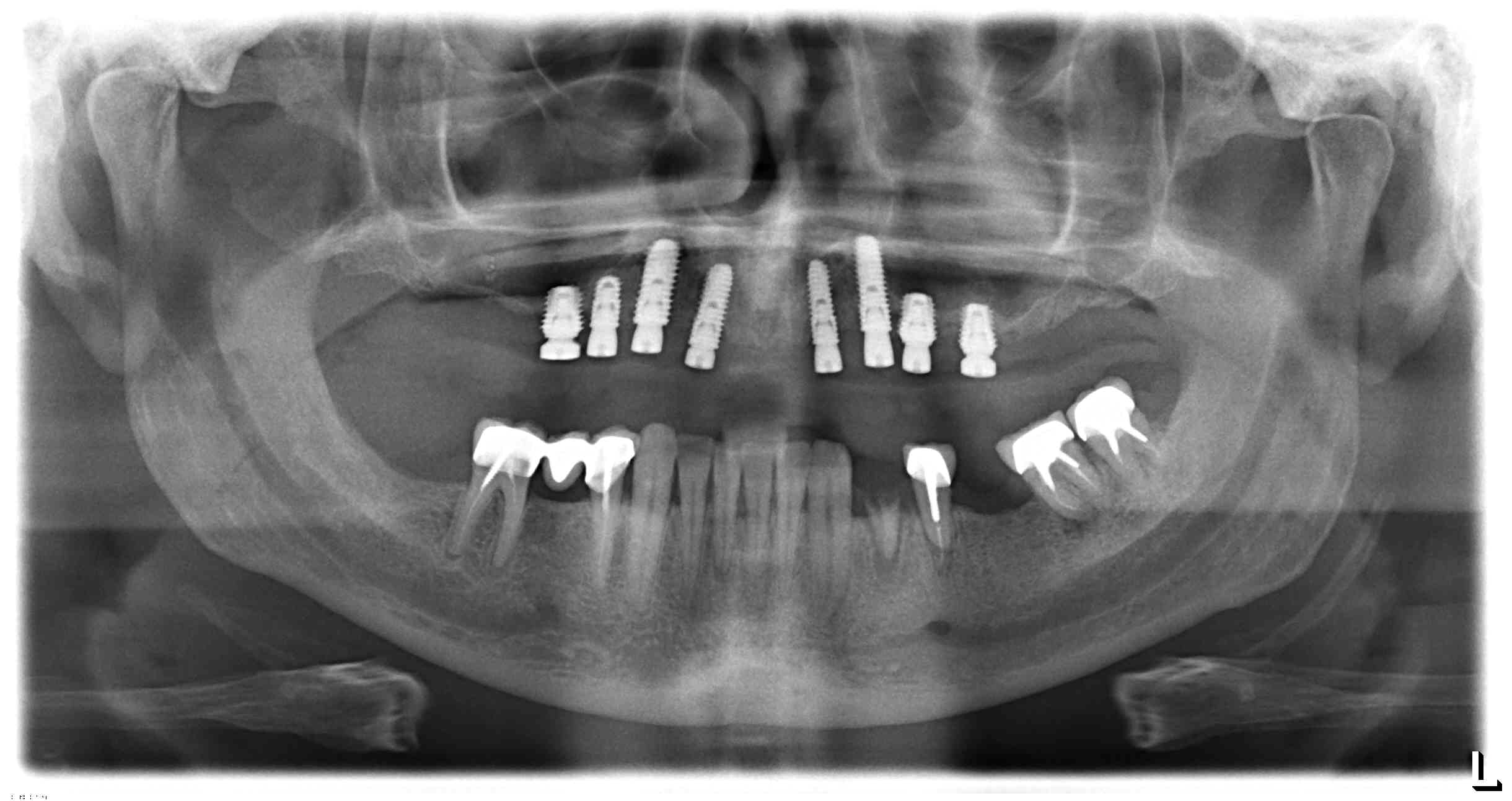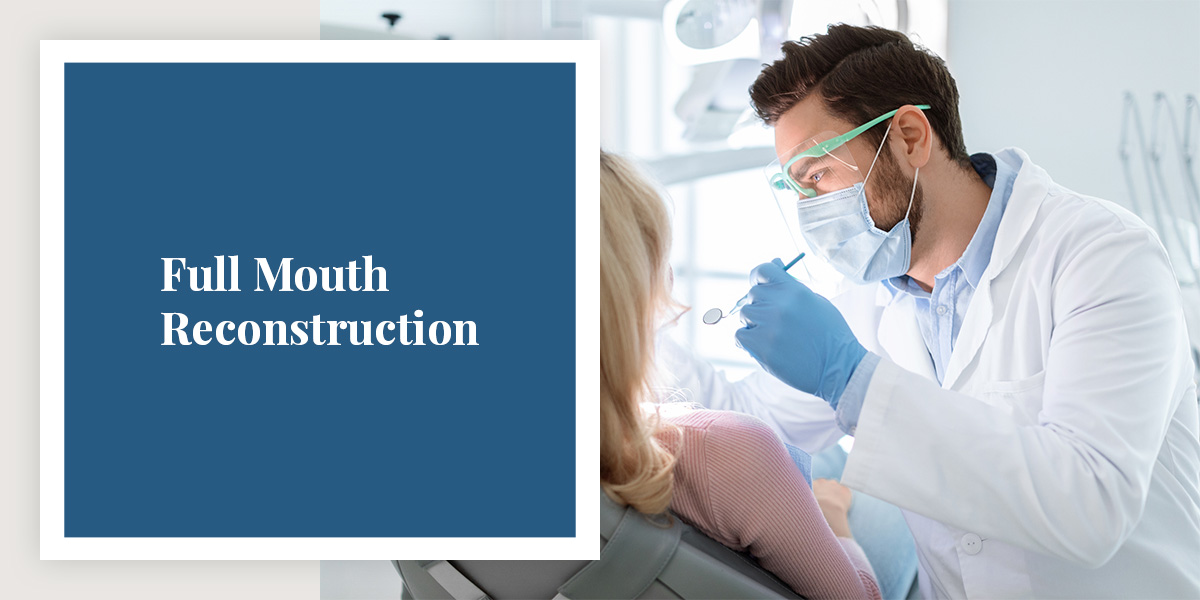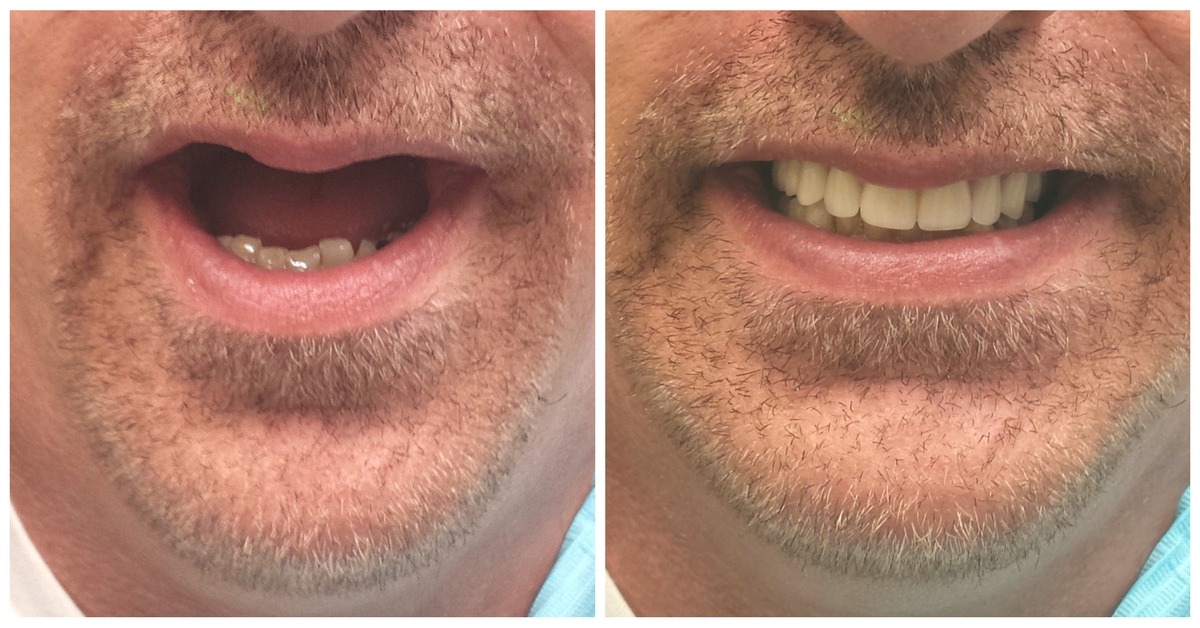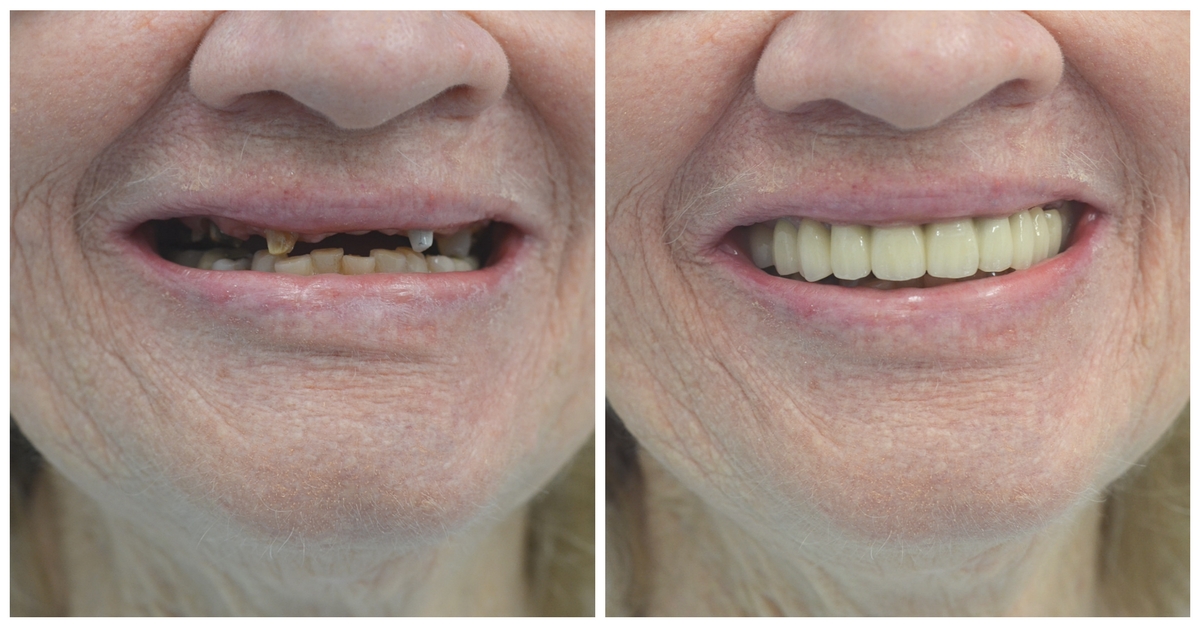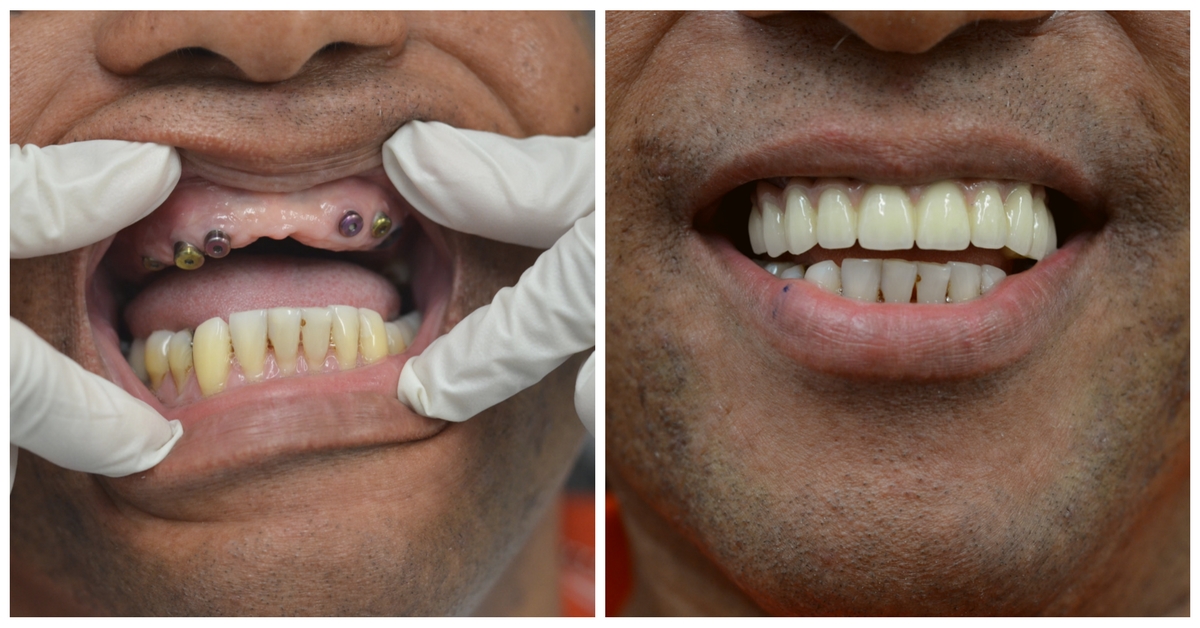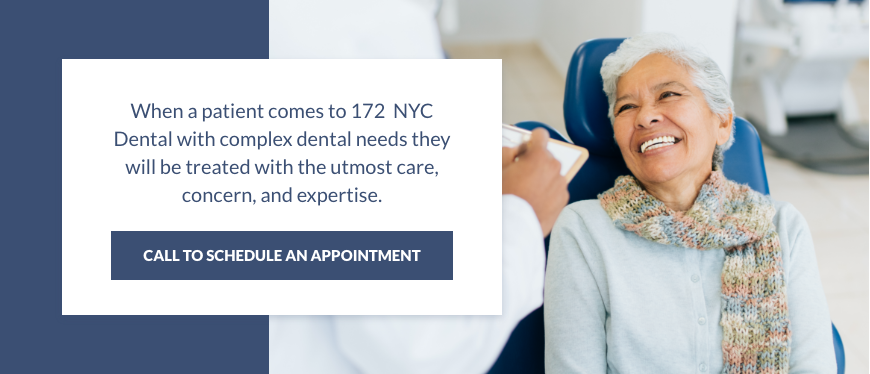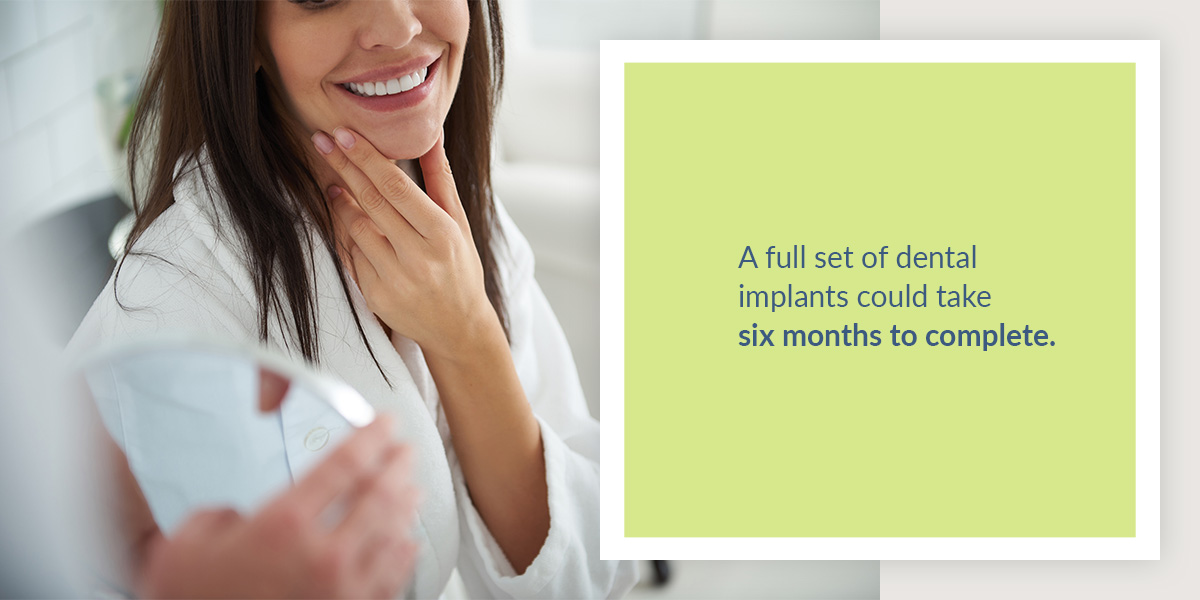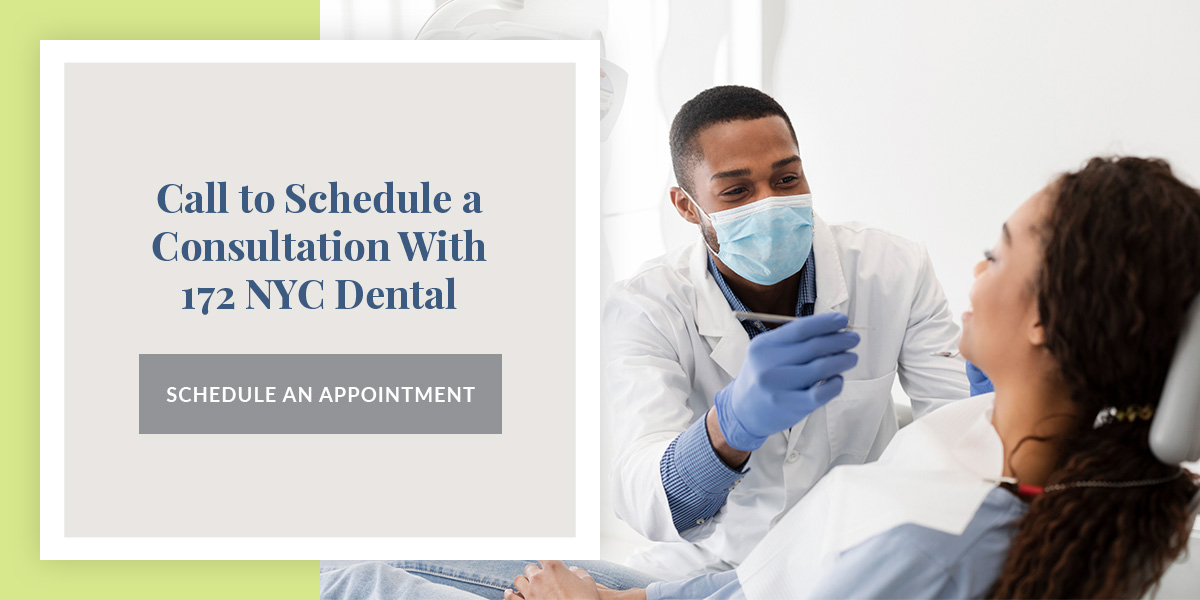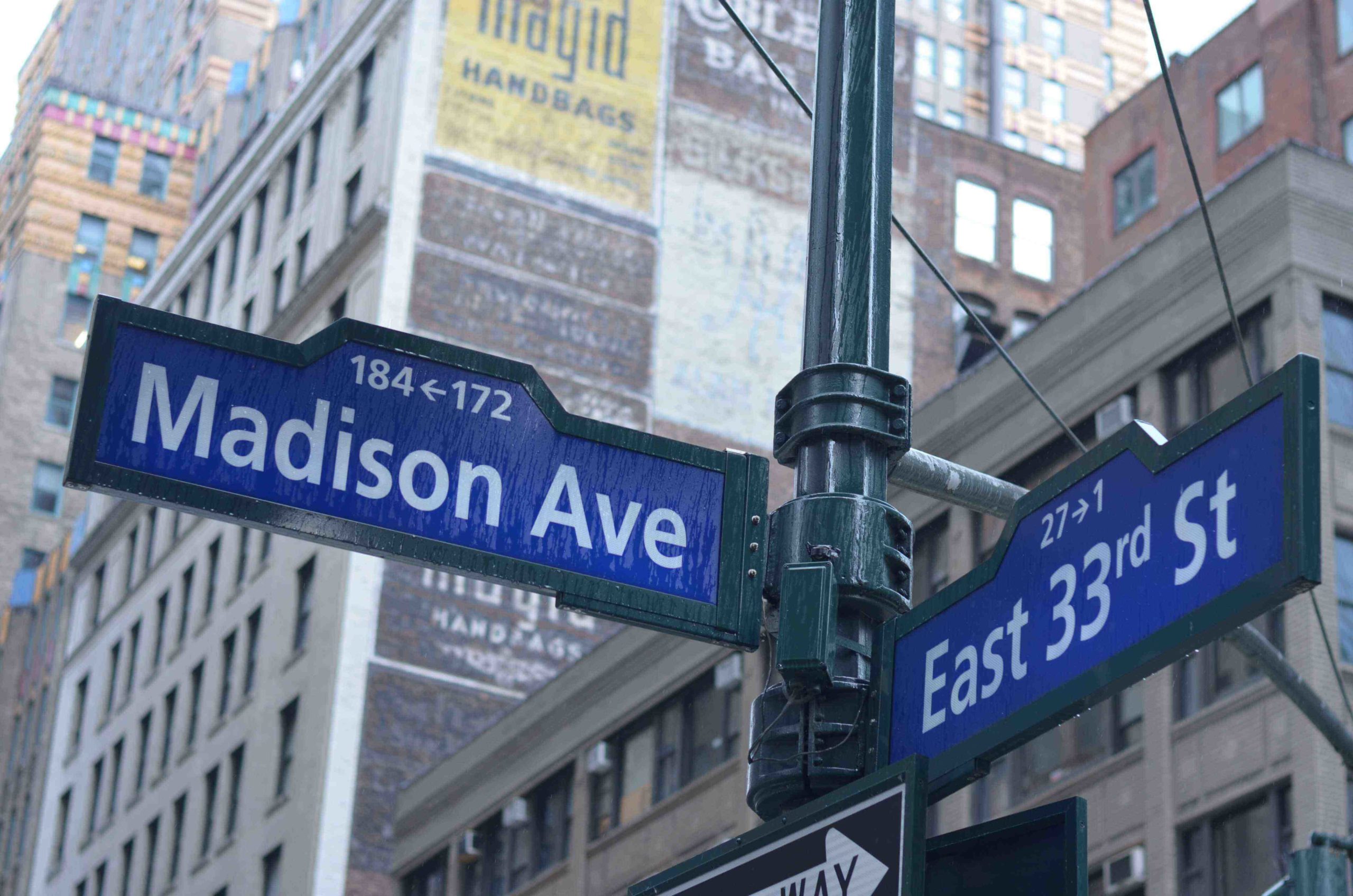What Are the Benefits of Full Mouth Restoration Procedures?
The goals of this type of procedure are to restore the form and function of your teeth. Undergoing treatment will improve the aesthetic aspect, and depending on the specific procedure, you might also be able to use your teeth as though they were completely natural.
All of the available full mouth restorations will serve to:
- Produce a healthy, natural-looking smile
- Improve facial contour and profiles
- Fill out faces
- Reduce puppet lines and wrinkles by restoring proper vertical dimension and arch form
- Make older patients look and feel younger
- Restore vitality to the face and the psyche, boosting the patient’s confidence in their smile
Who Is a Good Candidate for Full Mouth Rehabilitation?
If you are a good candidate for a full mouth rehabilitation procedure, you should have:
- The ability to undergo surgery safely and follow all pre-op and aftercare instructions
- Uncomfortable or painful conditions that strongly restrict your normal dental functions
- Multiple worn or damaged teeth that other procedures would be less effective in correcting
What Kind of Full Mouth Reconstruction Procedures Do We Perform During Treatment?
If you need to get a full mouth dental reconstruction, your dentist will recommend the procedure that will achieve the best results. Below are your options:
1. Full Upper or Full Lower Dentures
These are removable appliances that restore all the teeth in the arch. These prostheses lie in the mouth and are held by the patient’s muscles and the skill of the dentist in extending the borders to their proper position.
The pros:
- They are extremely aesthetically pleasing and appear entirely realistic.
- The treatment is done quickly.
- Installation is inexpensive compared to implant dentistry.
The cons:
- Patients do lose a degree of function when compared to natural teeth and implants.
2. Implant-Supported Dentures
These are removable appliances that replace all the teeth in the arch. The dentures clip onto two to four implants.
The pros:
- They are aesthetically appealing.
- They replace teeth and missing bone.
- The appliance has increased retention.
- The natural feel has greater physical and emotional comfort for patients.
The cons:
- There is an increase in expenditure to cover the cost of the implants.
3. Four on the Floor
Four implants hold a fixed bridge that is screwed into the implants and is designed to stay permanently in place.
The pros:
- The bridge replaces all the teeth in the mouth.
- The patient will have great functionality and security with this appliance.
The cons:
- The patient must be made aware of how important it is to keep these appliances very clean. Proper oral hygiene is essential.
4. Implant Crown and Bridges
With concern to full mouth dental rehabilitation, a full mouth dental implant is the gold standard of care. In this case, implants are used to replace each tooth that is missing (implant crowns). In some cases, two implants are used to replace two-three missing teeth (implant-supported fixed bridge).
The pros:
- Crowns restore the patient’s natural teeth.
- Complete function, aesthetics, speech, and self-confidence are also restored.
- Patients can eat, speak, floss, and kiss with no reservations.
The cons:
- The restorations come with a financial commitment.
5. Porcelain Crowns and Onlays
In cases where porcelain crowns and onlays are used, the patient’s original teeth remain but might be broken and require root canal therapy. The finest porcelain materials (Emax, Zirconia) will restore the teeth to their beautiful form and function.
The pros:
- The restoration is not invasive.
- The restoration is lasting.
- This treatment is relatively inexpensive compared to implant therapy.
The cons:
- Crowns have a long but limited lifespan and will likely need replacement sometime in the future.

